In a world racing toward electrification—of vehicles, homes, and industries—the need for safer, cheaper, and faster-charging batteries is more urgent than ever. Lithium-ion batteries, the current industry standard, have long ruled the roost. But they come with their share of problems: rising costs, limited availability, environmental concerns, and slower charging times.
Enter a game-changing innovation from Jawaharlal Nehru Centre for Advanced Scientific Research (JNCASR)—a premier autonomous institute under India’s Department of Science and Technology (DST). Their researchers have developed a super-fast charging sodium-ion battery (SIB) that charges up to 80% in just six minutes and sustains performance for over 3,000 charge cycles. At the heart of this battery lies a powerful combination of NASICON-type cathode and anode materials.
This innovation doesn’t just match the performance of lithium-ion batteries—it redefines the possibilities of next-generation energy storage.
Why Sodium-Ion Batteries? The Big Picture
The Limitations of Lithium-Ion Technology
While lithium-ion batteries have powered smartphones, laptops, electric vehicles (EVs), and even homes, the global lithium supply is finite and geopolitically sensitive. Major lithium reserves are concentrated in a few countries like Australia, Chile, and China. Additionally, lithium mining has been linked to environmental degradation, water shortages, and harmful emissions.
Sodium: Abundant, Affordable, and Accessible
Sodium, on the other hand, is one of the most abundant elements on Earth, commonly found in seawater and easily extractable. This makes sodium-ion batteries (SIBs) a promising and sustainable alternative. Furthermore, India possesses significant sodium reserves, which enhances the feasibility of local manufacturing and reduces reliance on imports.
Meet the Heroes: JNCASR and the Department of Science and Technology
The Jawaharlal Nehru Centre for Advanced Scientific Research (JNCASR), located in Bengaluru, has long been at the forefront of India’s scientific innovation. Under the aegis of the Department of Science and Technology (DST), the institution has led breakthrough research in materials science, physics, chemistry, and nanotechnology.
The research team behind this innovation focused on developing battery materials that are fast, durable, cost-effective, and scalable. Their approach was both ambitious and grounded in decades of accumulated knowledge.
What is NASICON and Why Does it Matter?
Understanding the Chemistry: What is NASICON?
NASICON stands for Sodium Super Ionic Conductor. It refers to a class of materials with a highly open crystal structure that allows sodium ions to move quickly and easily. This architecture is key to enabling ultra-fast ion mobility, which in turn facilitates quick charging and high conductivity.
How NASICON Structures Boost Performance
The JNCASR team has harnessed this NASICON framework in both the cathode and anode, creating a symmetrical battery design that minimizes energy losses and enhances cycle life.
Key benefits of using NASICON-type materials:
- High ionic conductivity for faster charge/discharge
- Strong thermal stability
- Eco-friendly and non-toxic
- Better performance across varied temperatures
Performance Metrics: What Makes This Battery Revolutionary

Let’s break down the performance of this sodium-ion battery and compare it to traditional lithium-ion batteries:
| Feature | JNCASR Sodium-Ion Battery | Typical Lithium-Ion Battery |
|---|---|---|
| Charging Time | 80% in 6 minutes | 80% in 30-60 minutes |
| Cycle Life | Over 3,000 cycles | 1,000 to 2,000 cycles |
| Materials | Sodium-based (abundant) | Lithium-based (limited) |
| Environmental Impact | Low | Medium to High |
| Thermal Stability | High | Moderate |
| Cost Efficiency | High | Moderate to Low |
This performance makes the JNCASR battery ideal for electric vehicles (EVs), power tools, smart grids, and fast-charging applications.
Potential Applications: More Than Just EVs

1. Electric Vehicles (EVs)
Fast charging and long cycle life are crucial for mass EV adoption. Imagine charging your electric car in less than 10 minutes—as fast as filling a tank of petrol. This technology could eliminate “range anxiety” and encourage broader EV use, especially in countries like India where EV infrastructure is still developing.
2. Renewable Energy Storage
Solar and wind energy are intermittent sources, requiring reliable storage solutions. The sodium-ion battery’s stability, longevity, and fast-charging capabilities make it perfect for storing renewable energy, thereby reducing reliance on fossil fuels.
3. Consumer Electronics
Smartphones, laptops, and tablets could benefit from ultra-fast charging without overheating, enhancing user convenience and safety.
4. Industrial Backup Systems
In industries where power reliability is critical (e.g., hospitals, data centers), sodium-ion batteries can serve as efficient, cost-effective backup systems.
Environmental and Strategic Advantages for India
Sustainable Technology with Local Resources
This innovation aligns with India’s Atmanirbhar Bharat (self-reliant India) mission. Since sodium is abundant in India, large-scale adoption could:
- Reduce battery costs
- Minimize import dependency
- Boost local manufacturing under ‘Make in India’
- Lower the carbon footprint of battery production
Supporting India’s Climate Goals
With commitments under the Paris Agreement and ambitious plans for renewable energy (targeting 500 GW by 2030), scalable energy storage is crucial. Sodium-ion batteries offer a green and scalable solution to bridge the gap between generation and consumption of clean energy.
Challenges Ahead: What Needs to Be Done
Despite its promise, sodium-ion technology still faces a few hurdles:
- Commercial Scalability: More investment and partnerships are needed to take this innovation from lab to market.
- Energy Density: Currently, lithium-ion batteries still have a slight edge in energy density (amount of energy stored per unit weight). More optimization is required for sodium-ion to match or exceed this metric.
- Market Ecosystem: The entire ecosystem—from manufacturing to recycling—needs to evolve around sodium-ion batteries.
However, these are not deal-breakers. With focused research, government support, and industry collaboration, these challenges can be overcome.
Global Perspective: How India’s Innovation Stands Out
While global players like CATL (China), Faradion (UK), and Tiamat (France) are also working on sodium-ion batteries, JNCASR’s fast-charging capability and cycle life are unmatched in current public literature. This gives India a technological edge in a high-stakes global race.
India is not just catching up—it is setting new benchmarks in clean energy innovation.
Voices from the Scientific Community
Dr. G. U. Kulkarni, leading researcher at JNCASR, emphasized the commercial viability and scalability of this innovation in a statement, calling it “a significant leap in India’s energy research capabilities.”
Industry experts believe that if government policies support pilot manufacturing and early adoption, India could become a hub for sodium-ion battery exports in the next five years.
Conclusion: The Road Ahead for a Supercharged India
The development of a super-fast charging sodium-ion battery by JNCASR is not just a scientific milestone—it is a strategic opportunity for India. This breakthrough ticks every box: cost, speed, sustainability, and scalability.
From powering India’s electric dreams to enabling a clean energy future, this innovation could very well become the cornerstone of next-gen battery technology—not just for India, but for the world.
As we look forward to supercharged cars, smarter devices, and greener energy grids, one thing is clear: the future is not just lithium—it’s sodium-ion powered, and India-led.
Key Takeaways
- Developed by JNCASR, a DST autonomous institution
- Charges to 80% in just 6 minutes
- Sustains over 3,000 charge cycles
- Based on NASICON-type cathode and anode
- Eco-friendly, cost-effective, and locally scalable
- Potential applications in EVs, energy grids, consumer electronics, and more
- Supports India’s climate and energy security goals
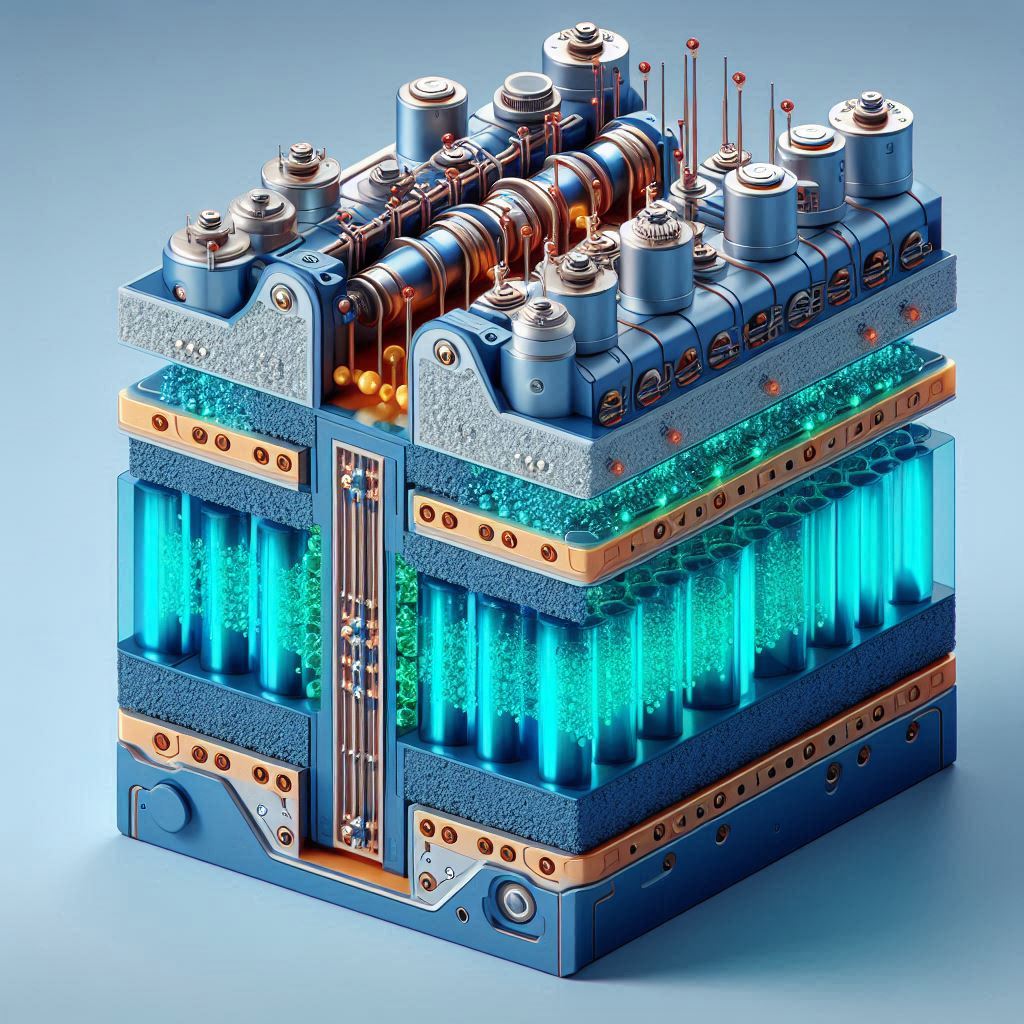


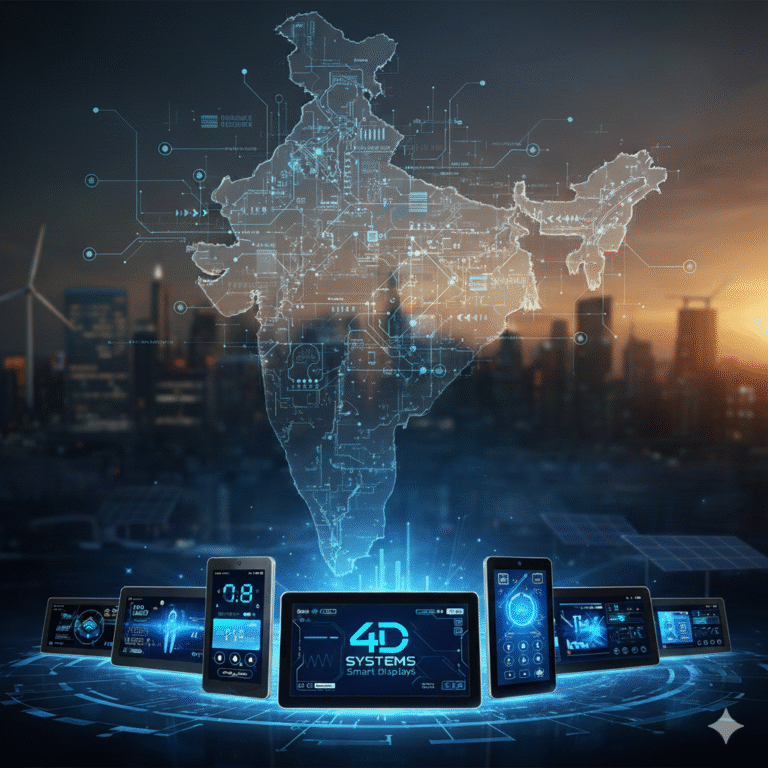
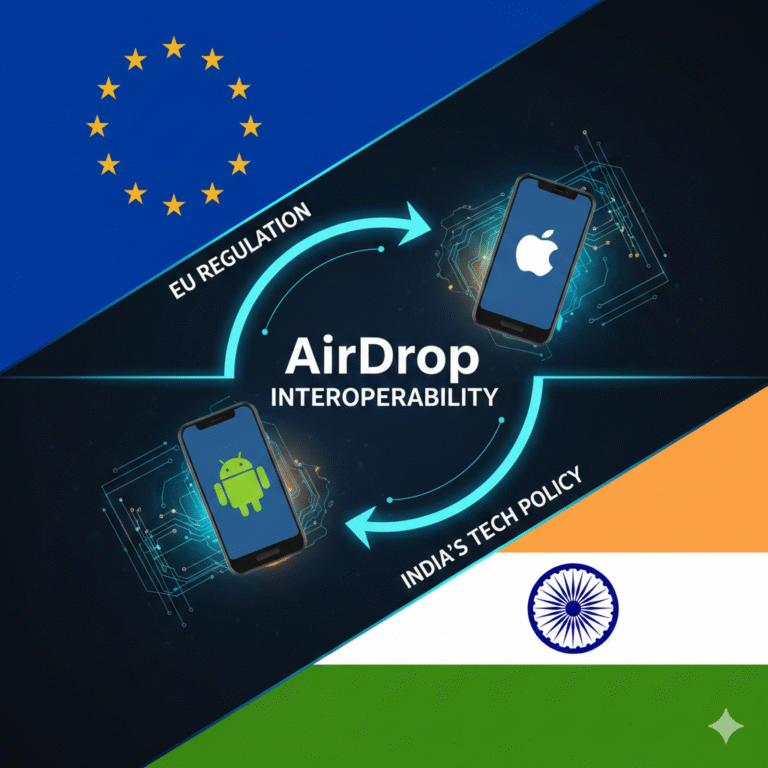

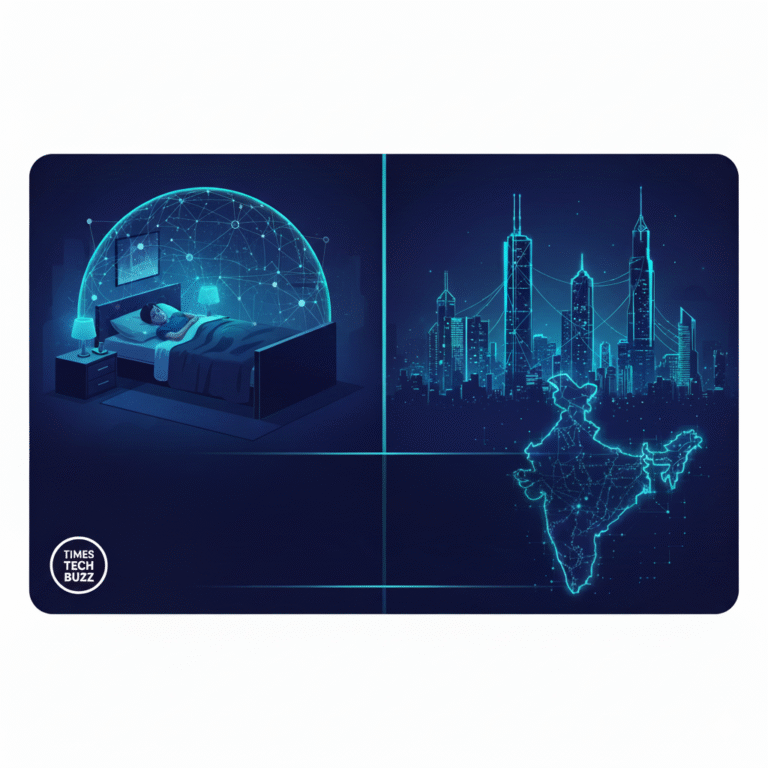

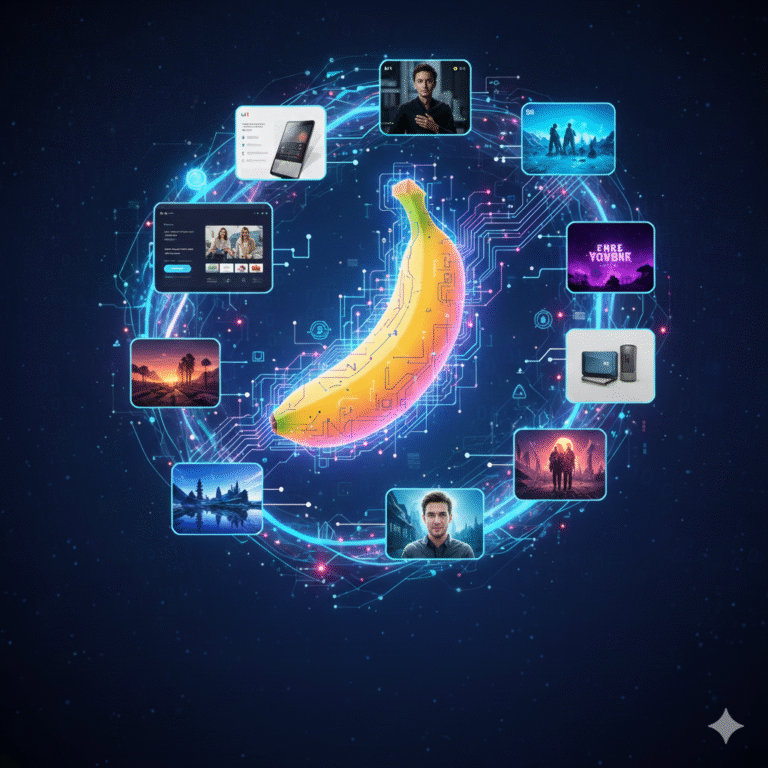
+ There are no comments
Add yours